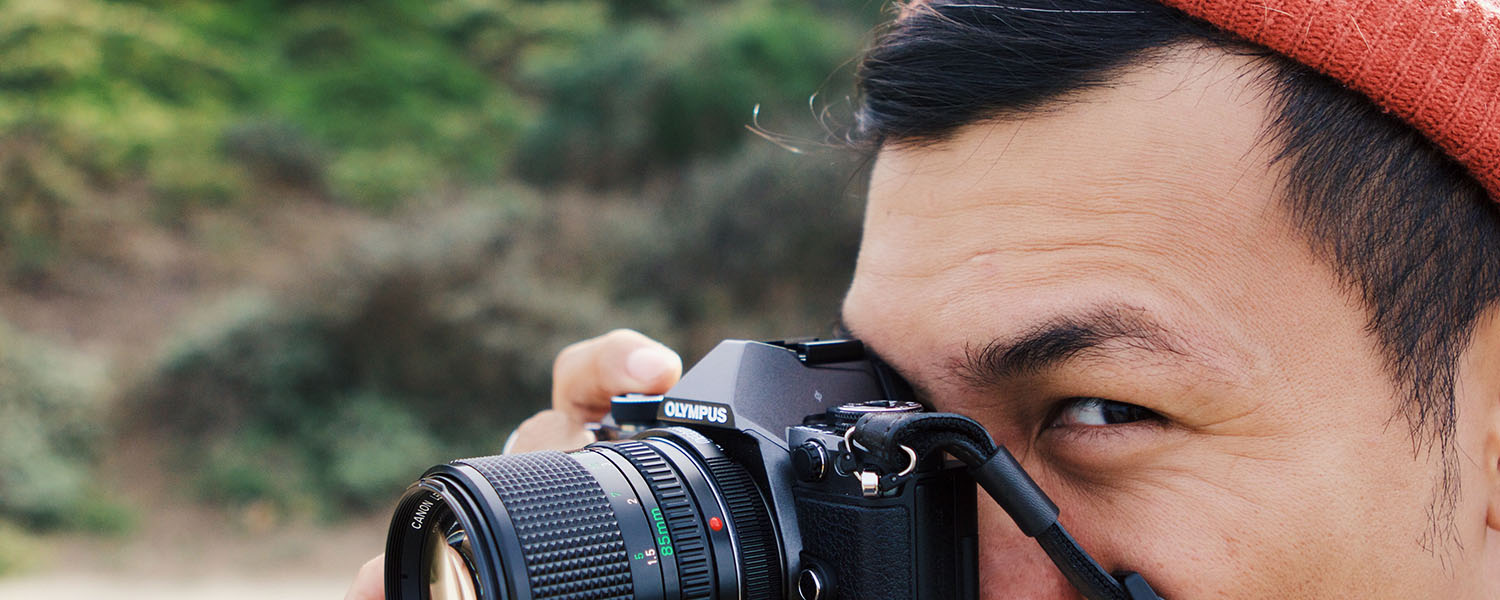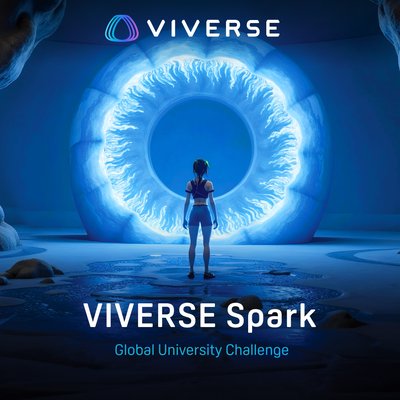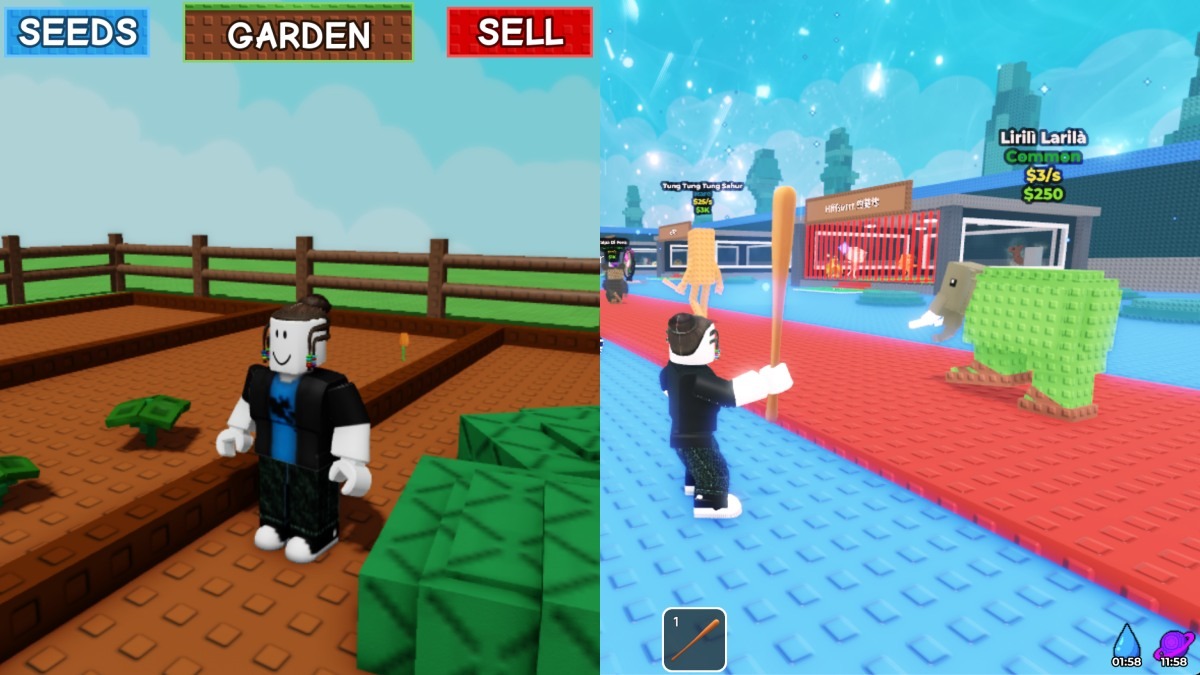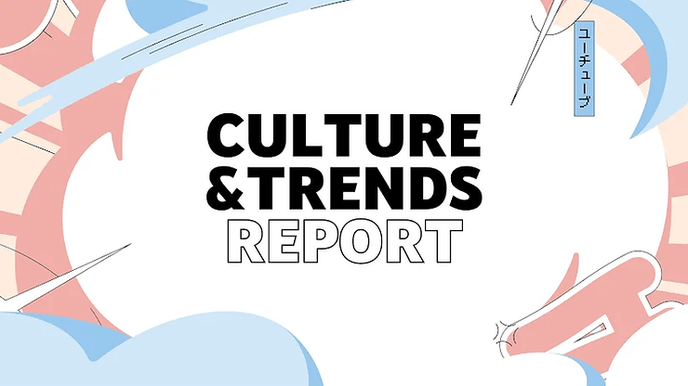Welcome to Making Vive—a spinoff of our popular Design Story series that will feature stories about the many creative minds behind HTC Vive. For our first interview, we sat down with UX Designer Foo Hoang to talk about designing the out of box experience for this new-to-world product.

To start out, can you tell us a little bit about yourself and your role at HTC?
My name is Foo Hoang and I’m a user experience (UX) designer for Creative Labs San Francisco.
How did you become a designer?
While working in server administration and web development, I discovered an underground design community that made me realize just how much bad design was out there. Inspired by Bradley Munkowitz’ (gmunk) ability to create beautifully complicated animations, Yugo Nakamura’s (yugop/Mono*Crafts) innovative interactive interfaces, and Joshua Davis’s (Praystation/Dreamless) ability to create beautiful design from dynamic code, I wanted to help put better designs into the world.
I taught myself Flash, which helped me explore other areas of design including graphic, motion, and print. I eventually joined a startup called Sticknetworks, where I was a catchall designer on a smart wireless GPS device that could play music, browse the Internet, and allow users to communicate with friends. This was before the advent of smartphones.
I later joined Microsoft where I got to experience working with a larger design team and was once again inspired. This time, to fix the usability of the everyday designs around me. That’s when I found my passion for interaction design.
What part of Vive did you design?
I worked on a lot of the Vive experience as a whole, but my focus has been mainly around the out of box experience (OOBE), hardware behavior and interaction, and the desktop software.
Can you break that down a bit for us?
In all honesty, Vive is a very complex system, so we worked really hard to make the daunting task of getting it up and running as painless as possible. This involved creating a seamless experience from when users open the box, guiding them through the setup of the components, to putting them into their first virtual reality experience with their new Vive.
Wow, that’s a lot to think about. How long did it take? What was the overall design process?
We’ve been working on the getting the OOBE experience right for well over a year. Even before we had any idea where the product was going or how it was going to work.
It started with storyboarding and creating what we thought the ideal experience for users would be. This was pretty challenging since this is a new space in the industry. From there, we collaborated with Valve to understand the feasibility of the designs and defined a more tangible experience that we could then put in front of a user. We then prototyped our designs, put them in front of a lot of users, observed where we were failing and where we succeeding, took the users’ feedback and iterated on the design. Rinse and repeat. We learned a lot and still have a lot to learn.
What has been a unique challenge of creating the ideal user experience for Vive OOBE?
This being a new space, there aren’t a lot of proven or established design concepts to draw from. We have to pull from parallel industries to help us with various design problems, and with a complex system such as this one, there were a lot of those design problems.
Not only did we need to simplify for an average consumer, we also had to be mindful about designing for an industry of technically savvy users and make sure we didn’t compromise functionality. It was often difficult finding the perfect balance as more hardcore gamers generally prefer features over pretty interfaces.
For OOBE specifically, we drew inspiration from IKEA furniture assembly instructions and designed a setup process that was easy for anyone to follow. From our usability testing, we found that users relied more on pictures rather than copy, so we made the illustrations more detailed. We also found that including a printed guide was detrimental to the setup process because it invited multi-tasking and jumping around so we removed the printed guide and made the process more linear and guided. This has led us to a very positive testing for OOBE.
How many people worked on OOBE?
That’s a hard question to answer since there are so many people that work on OOBE because of its many moving parts. Our core design team consists of Mario Verduzco on visual design, Brian Espinosa our user researcher, and myself as the lead designer.
This team works closely with various larger teams around the company to make OOBE a success. Our San Francisco based Industrial Design team helps us understand the hardware. In Taiwan, we have the Packaging Team which helps us ensure that the packaging is presented in a way that doesn’t complicate the setup process, User Education and Care Teams, which help us monitor feedback and help with customer support, and our Development Team, which turns all of this into a functional system. Based in Seattle are our User Research and Visual Design Teams, and, of course, Valve.
How will the Vive user experience change how people experience VR?
Up until now users have only been able to experience VR in X, Y movements. They’re limited to up and down, left and right. While there is a bit of Z movement (forward, backward) in the existing technologies, it’s not very impactful to the experience and users are forced to learn a specific way of interacting within VR that is unnatural. With the Vive, users are able to move freely on all 3 axes. We’re providing an experience that is a replication of a user’s natural movements, making this not only the most immersive VR technology, but also the most accessible and approachable.
What is your perfect day?
My perfect day would be waking up to two feet of perfectly fluffy powder on a mountain I have completely to myself. Then calling for an UberX but having an Uber Black show up instead, to take me to the California Coast for a beautiful hike on the cliff side where I spot a majestic brown bear long enough for me to get the perfect selfie to post on Instagram with the hashtags #blessed and #nofilter. I would then Tokyo-drift down Highway 1, which would be completely devoid of tourist drivers, get home and perfectly cook a multicultural dinner worthy of 4 Michelin stars. Afterwards, proceed to watch Battlestar Galactica in its entirety while cuddling with my completely calm and well-behaved dog Benji. For a night cap, I would be out at a show that I was on the list for to listen to a big time DJ that hasn’t started selling out to Coachella just yet and dancing moves that would make anyone on SYTYCD envious. To end the day, I put myself fast asleep on top of physically impossible 10,000 count Egyptian cotton listening to the sweet symphonic vocal perfection that is Adele.
That does sound pretty perfect! Thanks for your time, Foo, it’s been great talking to you.
Join the conversation at @HTCVive



